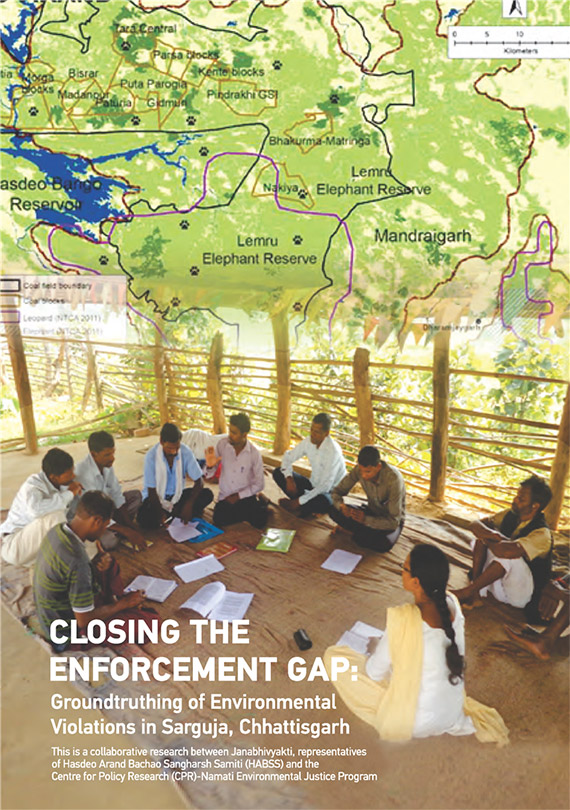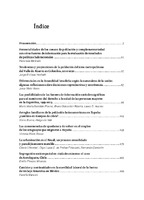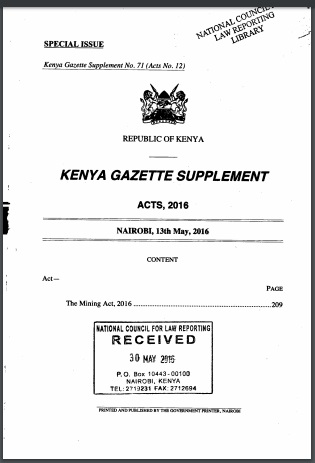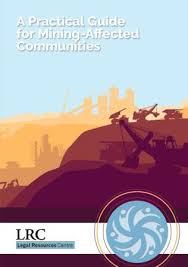Law in the natural resource squeeze: ‘land grabbing’, investment treaties and human rights
Discusses highlights from a recent academic article exploring whether 3,000 bilateral and regional investment treaties protect ‘land grab’ deals and how these impact the land rights of rural people. Argues that, if not properly thought through, international treaties to protect foreign investment could compound shortcomings of local and national governance, undermining the rights of people impacted by the investments.











